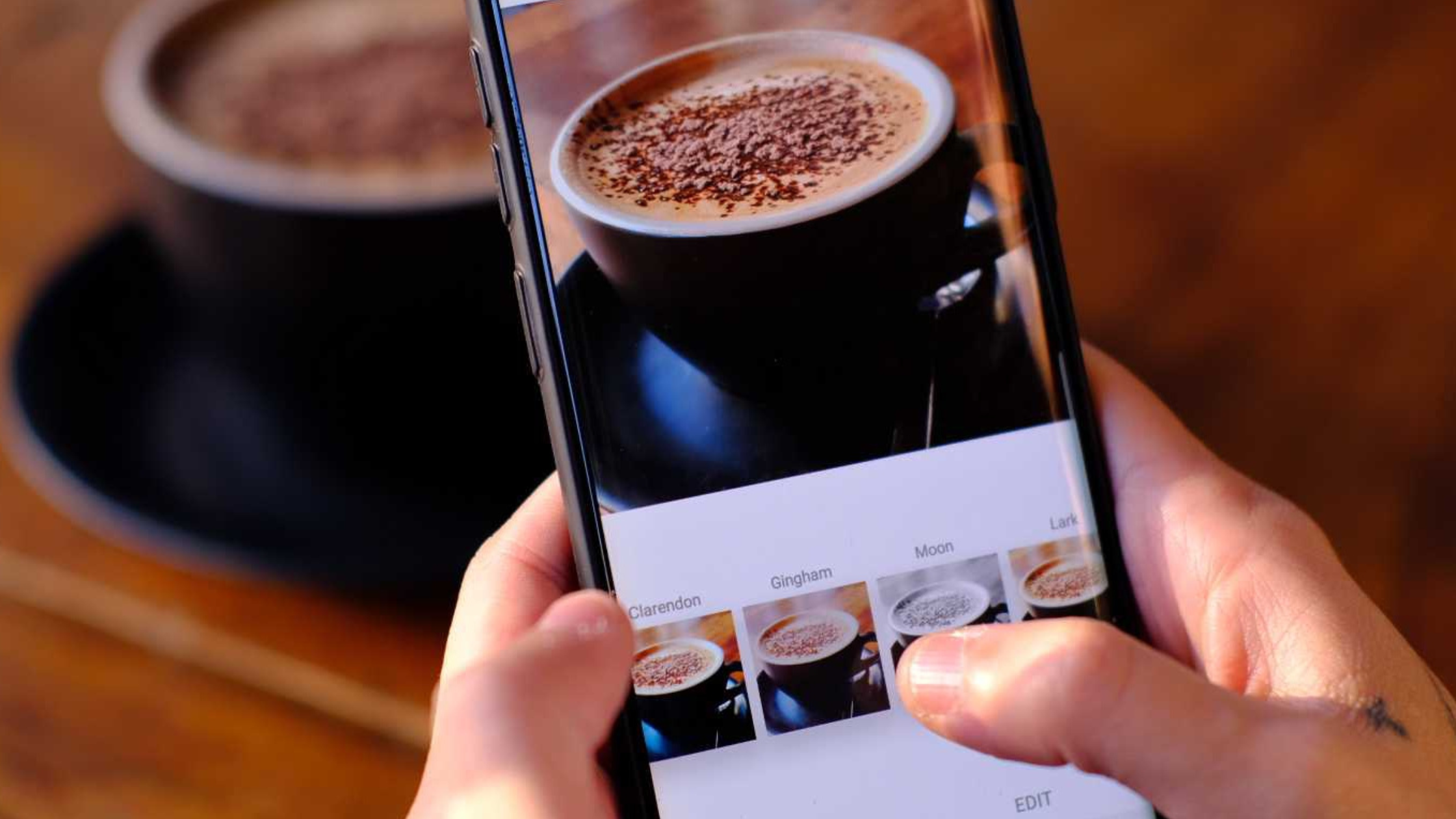Table of Contents
ToggleThe most common mistakes in social media ads
- Using too many adjectives in your Facebook ads – One of the most common mistakes in social media advertising is using too many adjectives in your copy. Keep it simple, be direct, and be honest.
- Using too many images in your ads – One of the most common mistakes in social media advertising is using too many images in your ads. Stick to the bare essentials, and your business will come across more clearly when you add visuals to your copy.
- Not using hashtags correctly in your ads – Hashtags are one of the most important tools in any marketer’s toolbelt. On Instagram, attempt to use the hashtag #{brandname} on all of your posts so users can find your content more easily. Use hashtags smartly; popular hashtags in any niche can be a great place to start.
For other social media genres such as Facebook Ads and YouTube, try to customize your hashtags to better align with your targeted audiences. - Using duplicate messages in your ads – To avoid spammers, be extra cautious when using third-party services. A multitude of you messages can lead to complications when it comes to flagged accounts. If your campaign is flagged, delete your following list and re-enable sending messages. Another common mistake on Facebook is excessively using pocket-dials. With spammy calls and text messages, it becomes harder to get your message across.
- Facebook Sharing not working properly for you – Hundreds of millions of people use Facebook regularly. When it comes to advertisements, learn how to run Facebook Ads using Facebook Share. Facebook Share lets you send out relevant ad copy tailored for a specific geography, industry, and even more. Check it out here: https://share.facebook.com.Bonus: Partnering with Ubersuggest on Facebook Ads – One of the cheapest and most effective Facebook advertising platforms is Ubersuggest.
Partnering with them will get your ads in front of more Facebook users. It will also help you build a better understanding of Facebook Audiences and what content resonates with them the most. Visit ubersuggest.com and get started for free.
Don’t be afraid to experiment with your Facebook ads to see what works best
You can’t create an advertising campaign that works all the time. In fact, you can’t create an advertising campaign that works all the time. You’ll have to test different ads to see what works best. You might have to try a few different variations of your ads and see which one gets the best results.
It’s the essential business strategy defining the way you go about buying ads whenever you need them. After you’ve got a few ads under consideration, you’ll get an understanding of which ads are the most effective, the most relevant to your business, and the best value for your client.
The KPIs behind each campaign will once again optimize marketing campaigns for maximum return. A good ad campaign is not just specific to one brand or service.
It’s an integrated campaign overall. The Halloween campaign, for example, should not only take place within Facebook Marketing, but also around the real world Halloween event.
To execute a successful ad campaign, you must know what you’re looking for. For example, you may be interested in running a sales call, but not in every client has the time to dedicate to completing a sales call.
When it comes to clients for whom time is of the essence, it’s best if you then recommend a chat line or letting them send you a chat request to complete the transaction.
Whatever business plan you create, remember to always factor in action points with each campaign. As previously stated, maximum return marketing is, quite simply, about finding the right target audience at the right moment that cares enough to pay for your product or service.
Now that you know what you’re looking for, you’ve got to determine how you’re going to find them. You might attempt to generate leads by googling keywords or searching using Facebook, Twitter, or any other targeted advertising tool that’s been created for the purpose.
But either way, collecting and leveraging data for your ads isn’t the end of it.
How to measure the effectiveness of your Facebook ad campaign so that you can adjust as necessary
While it is important to build up your social media following, it is equally important to measure your social media results. You need to be able to measure your social media results and have in place a strategy that will help you to optimise your campaign results. You need to be able to measure the success of your social media campaign.
For example, if you want to measure your ROI you need to know how many people saw your ad and for how long they saw it.
You need to know how many people saw your ad on your Instagram feed. You need to know how many people saw your ad on Facebook. The same applies to video advertising. You need to know the ROI of your ad. It is important not to over-estimate your social media ROI, but it is also important not to under-estimate it. This will only cause you to make a mistake. Your social media marketing campaign needs to be targeted.
For example, in a traditional TV ad, the advertiser knows that certain people will like certain TV shows. In a social media campaign, the advertiser has to work out who will be interested in the advertiser’s social media marketing campaign.
You need to research your target audience and other types of advertising that may interest them. From this research you’ll get an idea of what keywords the audience uses and what content they like to see in your ad or push notification. It may also help you know where to focus your marketing, which is a tough decision if you are trying to target everyone, but using keywords is a good starting point.
You must also address any cost implications. You should consider whether your plan of attack and marketing approach requires extra financial resources. These factors will determine which communication channels you may need to use, such as running a Facebook ad versus making a video ad.
There is no ROI without hours, days, weeks or months of marketing.
Don’t forget that Facebook is all about targeting customers who are likely to purchase from your business
The best way to target your ideal customers is to create a Facebook ad campaign that is specific to your business. That means that you’re going to need to create an audience that is highly engaged with your business on Facebook, and that you’re going to need to target them with the right Facebook ads.
With Facebook ads, you can tailor your ads to narrow down your customer base and target them by age, gender, location, and more. Keep in mind that all these things are completely hidden in your audience data after they’ve been chosen. One way to find effective audience choices is to break down your Facebook ads into segments.
Example: “For customers between the ages of 20–29, I see that you sell devices and software related to Instagram”
This will help you select a more targeted audience.
Small businesses should choose at least two audience segments, one that is highly engaged and the other one that is not interested. It is better to create a large segment that is not very engaged than it is to narrow your audience down too much and end up with really no audience at all.
Determine your ad performance metrics entirely before you start running ads for your business.
It’s best to measure your audience performance first, as a Letter of Intent is the best way to start with it. Once this has been approved, you can run your ads because it will usually cost more but it’s worth it to know exactly what metrics matter when running ads.
One of the main reasons people will not use Facebook ads for a small business is that the cost per conversion is much much higher. Facebook ads usually cost a lot of money to run, sometimes over 5 times the cost of running regular Facebook ads.
It is important to keep in mind when you’re targeting audience segments that your business can’t afford to bid significantly more on this type of auction.
Get creative with these Facebook ad tips and really take advantage of this incredible advertising tool
We’ve talked about the value of Facebook, Twitter, and Instagram advertising before and I’m not going to rehash the whole thing here. I just want to talk about a few more tips that I’ve picked up along the way.
A few months ago, we talked about segmenting Facebook advertising and then jumping to Twitter ad theming, Instagram ads, and finally LinkedIn ads.
Now we’re getting very close to the end of the year and as much as avarice is taking over every part of my life (imagine that!), I also feel like it’s good to have a focus from one vantage point. One of the first things I noticed was that it’s often difficult to tell who’s being sold to and who’s getting a piece of the action.
This starts with the image, thumbnail, and description of the ad — once you’ve gotten that hooked into your reader’s mind, you’re trying to get their attention without selling yourself short. It’s a balance that requires a lot of work.
The goal is to genuinely sell something to someone, not to trick them into clicking.
Using images in the ad content (when possible) can actually help get the attention you’re betting on. It plays into the desire we have to find a topic or a person of interest and then we find them when we already have their attention.
Another tip here is that the thumbnail image should actually be identifiable by the flavour text at the bottom. If it’s a fancy holiday ad, it’s a fancy holiday ad. Some companies use a particular color palette to identify themselves and tie the ad to that.
If you get really technical, your thumbnail may be identifying the primary keyword in your ad — that’s useful for finding the most relevant search queries in your audience (although I’ve not witnessed a ton of value in that).



